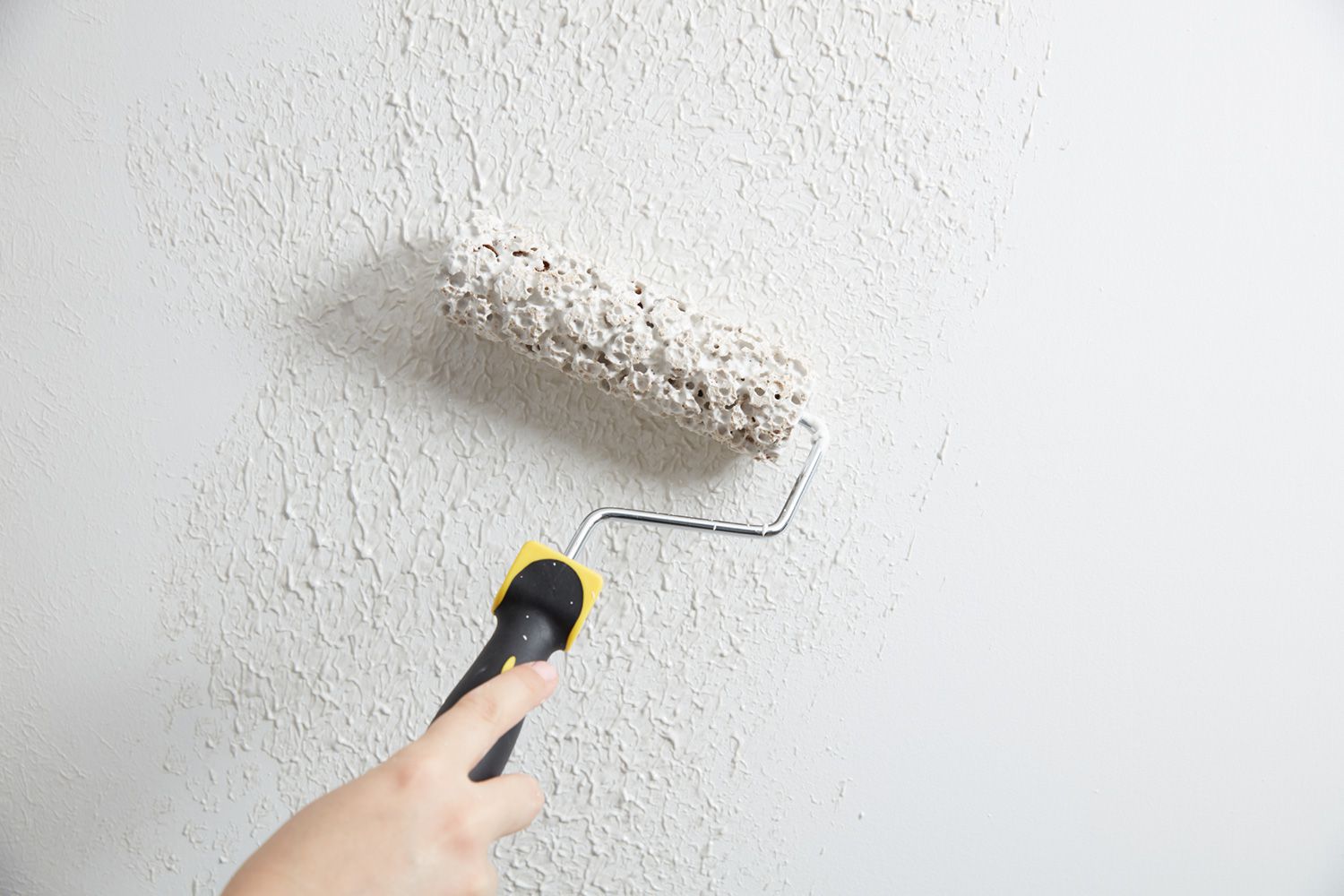2021 Tips and Trends for Wall Texture

If there is one thing we learned from 2020, it’s that we all had to come up with creative ways to stay busy. Stay at home orders and quarantine guidelines resulted in a surge of home renovation projects along with a new wave of the “do-it-yourself” (DIY) mentality for homeowners.
An easy and inexpensive way to add some character and new life to your home is by texturing your ceilings and walls—new year, new walls!
Although retexturing your walls might sound like a daunting task, it is actually quite easy. With the help of your own two hands and the right tools and equipment, you will have a brand-new feel to your room in no time.
Trending Textures
The first step to any DIY project is knowing what your options are. There are many different types of ceiling and wall textures to choose from depending on what style your home is— we could talk all day about your options!
The following drywall textures have quickly become the most popular textures for 2021:
- Knockdown texture. Knockdown is a more rustic flattened texture commonly used to hide those stubborn surface imperfections. This type of texture is known for its casual elegance and is most seen in Southwest or Mediterranean style homes.
- Orange peel texture. This type of texture resembles the skin of an orange and is a great alternative to smooth finish. Not only is it extremely durable and easy to clean, but it also pairs well with modern styles and commercial buildings!
- Smooth texture. Smooth texture is all in the name—it has a sleek and finished look that lends itself to the modern and minimal style that is all the rage today.
Every trend eventually fades, but these timeless textures will continue to add character and style to your home long after 2021. Now that you know what textures you have to choose from, it’s time to talk tools.
Tools & Materials for Texturing
Texturing drywall can be a very quick and easy process as long as you have the proper tools and materials. You might have most of the following items—if not, they are available at Freedom Materials or at your local building hardware store. Make sure you have the following when texturing drywall:
- Drop cloths and plastic sheeting;
- Drywall knife and trowel;
- Drill and paint mixer attachment;
- Paint, paint brush, and paint tray;
- Paint roller and cover;
- Painter’s tape and sponge;
- Drill and paint mixer attachment; and
- Drywall compound and drywall primer.
Having all the right tools and materials for your texturing job is crucial to ensure that your texturing project is a success. Once you have all the necessary tools, you can decide how you want to texture your walls.
Texturing Tips & Tricks
There are a few different ways to texture a wall: you can use joint compound, a texture sprayer, or a roller. Each method has its pros and cons, along with a different priming process.
Joint Compound
When using joint compound to texture your wall, the first step is to clean the walls and let them dry completely. Combine the joint compound with water per the instructions and use a wide putty knife or trowel to spread it on the wall. After this is done, use you tools to create the texture of your choice.
Texture Sprayer
This is the easiest way to texture a wall, especially if you are going for an orange peel texture. After cleaning your wall and letting it dry, cover all furniture and floors so that they do not get ruined in the process. Combine the joint compound and water and add it to the sprayer’s hooper, then adjust the nozzle and spray with slow motions.
Roller
Texturing wall with a paint roller is quickly growing in popularity—you can choose from a variety of 3D textured paint rollers including brick, tree bark, diamond, leaf… the possibilities are endless. After cleaning the walls and mixing the joint compound, pour the mixture into a paint tray, soak the roller in it, and rollover on the wall.
No matter which type of method you choose, always remember to prepare the wall with drywall primer before applying the joint compound and strip the existing texture. For are more finished look, apply satin paint over the textured walls or ceiling.
Need Help? Contact a Drywall Expert at Freedom Materials Today
Now that you know how to texture drywall, it’s time to put your learning to practice for a beautiful and fun home renovation project! Texturing drywall is low-cost and requires simple tools and supplies, and you can experiment with various patterns and techniques to get your desired look.
If you’re planning on covering bigger areas, it might be best to call in a professional—that’s where your local drywall experts can help. At Freedom Materials, we carry a variety of drywall and drywall-related products to help you with your renovation project.
Fore more information about how we can help you, contact a Freedom Materials team member today.
